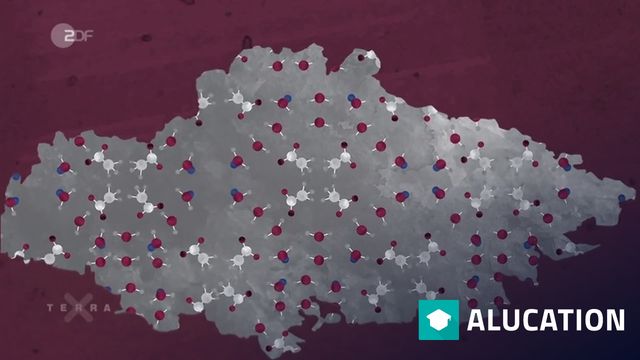So funktioniert ein Handwärmer
In einem Handwärmer sorgen ein Metallplättchen und eine Flüssigkeit mit speziellem Salz für Wärme. Dieses Salz kann fest und flüssig sein. Durch Drücken des Metallplättchens kristallisiert die Flüssigkeit und gibt dabei Wärme ab. Author: ZDF/3sat/nano/Autorenkombinat/Josephine Blume, Holger Barthel



